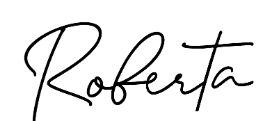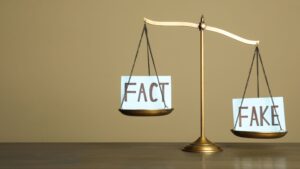Fashion Revolution has influenced my life greatly. In this post, I share the impact it has had on my life and how it helped me pay it forward, and understand the importance of my role as a stylist and lover of fashion. I’m sharing the highlights of what I’ve learnt over the last decade with a list of 10 things I have done to support the revolution.
What is the Fashion Revolution?

Fashion Revolution was founded by Carry Somers and Orsola de Castro in the wake of the Rana Plaza disaster in 2013. They have grown to become the world’s largest fashion activism movement, mobilising citizens, brands, and policymakers through research, education, and advocacy.
10- years on and it is Fashion Revolution Week 2024, a crucial time to reflect on what this movement stands for and the reasons behind its inception.
The Rana Plaza tragedy was a heartbreaking wake-up call for the fashion industry, highlighting the dire working conditions and lack of safety measures that plague the sector. This disaster was not just a failure of a building’s structure, but a failure of humanity to protect its own. 1,134 people perished in the name of fashion, and more than 2,500 were injured.
In the past 10 years, the Fashion Revolution has been at the forefront of raising awareness about the environmental and social impacts of the fashion industry – and it’s influenced my work as a Stylist, Speaker and founder of Ethical Brand Directory.
Who makes a Fashion Revolution happen?
- Fashion Revolution is a community consisting of people who make the fashion industry work.
- Fashion Revolution is a community of people who wear clothes.
- Fashion Revolution are the people we often don’t see who make the clothes.
- Fashion Revolution is not one person or one organisation – it is an interconnected network of activists that range from fashion designers, academics, writers, business leaders, policymakers, brands, retailers, marketers, producers, makers, workers, and fashion lovers.
10 things I’ve done or still do to support the Fashion Revolution (and you can too)
Fashion Revolution has inspired me to significantly change how I view and interact with my wardrobe. I hope what I share here inspires you to see a way to get involved yourself.
1. Stopped shopping for 12-months

I stopped shopping and embarked on a fashion detox for almost 2.5 years – challenging myself to buy nothing new and utilise what I had in my wardrobe.
No lies – it was challenging for me as a former shopping addict, I messed up the 12-month challenge on a few occasions and had to reset each time.
I never really considered more than aesthetics, availability and price. The process made me more aware of things I loved, materials, quality fit and longevity – it was a rude awakening and one that transformed me forever. Quality, craftsmanship, and materials all became more obvious once I started wearing the same clothes on repeat during my fashion detox.
2. Defining my style to reduce the number of clothes I buy and need

I embraced the conscious style by thinking about my shopping purchases, and why I was drawn to certain colour fits or brands. The biggest takeaway from my self-analysis was that not knowing my style early on contributed to a wardrobe full of clothes (and the feeling of nothing to wear).
The no-shopping ban I imposed on myself made me shop my wardrobe and I realised that my previous shopping was done on impulse – if I was bored I shopped, for a reward, a new occasion, or a social activity with friends. My whole world seemed to revolve around shopping.
I stopped subscribing to Vogue, I stopped buying online enticed by sales clothes. I stopped buying designer shoes…because my cost per wear was in the 100s for every pair.
Time off shopping gave me a chance to work on my values and make a plan to build my style and future wardrobe in line with them. This meant planning out what I needed and saving up to invest in high-quality, timeless pieces that I truly love and will wear for years to come.
3. Continuing my education – I keep asking lots of questions

I continued to educate myself about the harmful effects of fast fashion on the environment and garment workers, leading me to prioritise supporting preloved, ethical and sustainable brands.
I used the simple but effective #WhoMadeMyClothes campaign every Fashion Revolution week and kept being curious and seeking more answers. By emailing and messaging brands directly,
I came to realise just how impersonal shopping from high-street brands like River Island is. I never did hear back from River Island! Every single one of the brands on the Ethical Brand Directory has been able to tell me everything I wanted to know – and that is why I support independent fashion brands where I can.
Fash Rev #WhoMadeMyClothes got me questioning the luxury fashion brands too – I wrote a piece for Ethical Brand Directory here, which dives into luxury fashion customers and whether they care about ethics.
4. Reducing my wardrobe’s carbon footprint

I started to look at my consumption patterns and question my impulse behaviour. I realised destigmatising outfit-repeating could help us save our planet.
Extending the life of my clothing beyond 9 months I could reduce my footprint. It is estimated to reduce carbon, water, and waste footprints by around 20–30% each. Getting creative with styling techniques meant I am able to be an example of how to wear my values.
I remember being on stage and sharing how many times I’d worn this exact outfit, how many times I had the boots repaired and reheeled, and how many wears each item had surpassed.
In 2016 this behaviour wasn’t celebrated on social media like it is today. This is evidence that the work of Fashion Revolution has made progress over the years. Now more people embrace preloved and repair and clothing care, and it has almost become a part of our style story and self-expression.
5. Taking better care of my clothes
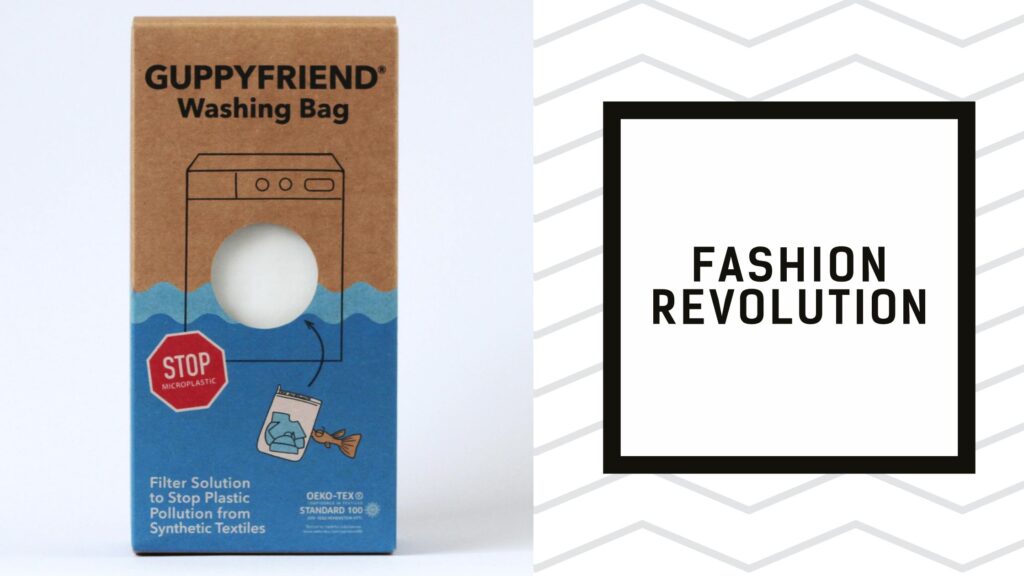
I learned to care for my clothes properly to make them last longer. This includes washing them much less frequently, air-drying, spot washing and using fabric fresheners – instead of heading to the dry cleaners.
My understanding of different fabrics increased, to know how they are made and how to care for them is essential. You can see all the materials I researched here. It also meant finding alternative products that are eco-friendly to launder my clothes.
I’ve been promoting the Guppy Friend bag for years! I even created an entire Caring for Your Clothes Style Guide.
6. Swapping not shopping

In early 2016 I started attending clothing swaps in and around London. I then started hosting them myself to help others refresh their wardrobe without contributing to textile waste. I ran styling workshops with clothing swaps added in, so my workshop guests could style, shop and experiment with different clothes brought along by other attendees.
7. Defining my values and being clear about what is important to me
In 2017 I published my Ethical Brand Directory and started supporting more female local designers and artisans who prioritise sustainability and ethical production practices. As I started to work with more ethical businesses I became aware of so many causes I could support.
I knew it could become overwhelming so I wanted to see how I could combine wearing values with my styling work, and this is where the #WearYourValues styling course in 2018 came from.
Leaning into my values more, helped me feel more purpose-led. This became quite a game-changer for me as the confidence I have came from having a clearly defined purpose – and building a wardrobe that reflects my values is incredibly empowering. Nothing else really compares.
8 Using my voice, collaborating and knowledge-sharing

I used my voice and the power of collaboration and knowledge sharing. I learnt so much by hosting, sponsoring and participating as a speaker for many events over the years. I was able to share what I was learning along the way, whilst learning from others.
I hosted 2 Going Green Summits in 2018 and 2019 and invited thought leaders to share their vision for the future.

I partnered with those who advocated for transparency and accountability in the fashion industry. Doing this has brought different perspectives to my thinking and continued to challenge my understanding of the world.
Fashion affects us all differently depending on where we live. And learning about the SDGs helped me understand how complicated the impact of fashion is on our planet – as well as the opportunities to do more good.
Campaigning via our MPs, petitions, and putting pressure on our leaders are all important steps! The Industry needs systemic change at levels that operate outside of what we can do as individuals – our voices still matter, so using them to amplify the importance of the changes we want to see is very important.
9. Getting more creative
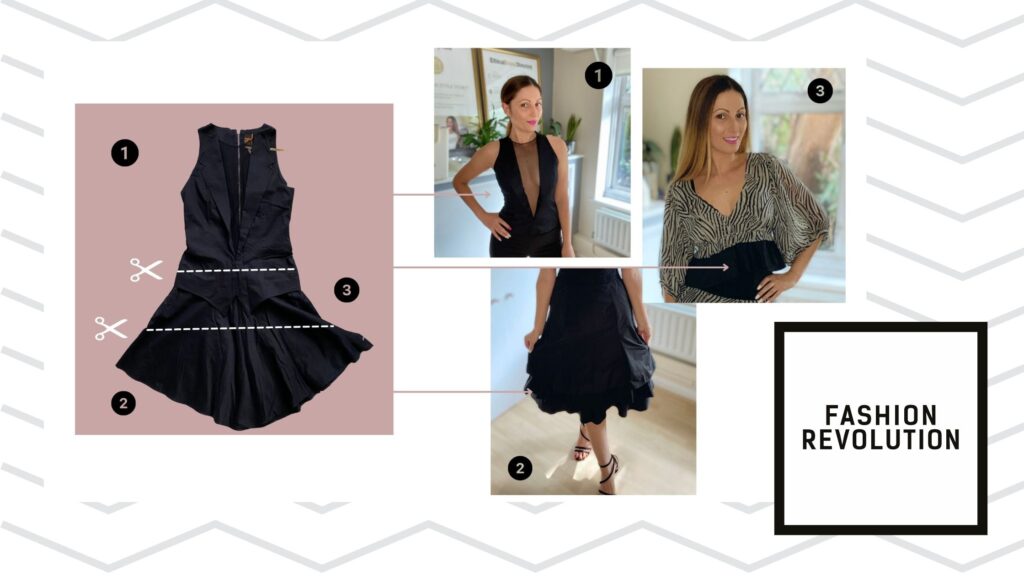
By 2019 I had begun experimenting with simple upcycling and DIY styling hacks. I did this to help breathe new life into old or damaged garments. I loved working with The Reclaimery over the years to refresh and reinvent my existing wardrobe.
Reimagining my existing clothes and turning them into something new – is a far greater endorphin rush than shopping.
10. Sharing my journey with others outside of the eco-chamber

I began to share more about my journey towards a more sustainable wardrobe. This saw me take to the stage and at events outside of the ethical fashion niche. Targeting more mainstream audiences and events such as PURE London, going onto BBC and ITV news.
My goal was to break free from the echo chamber. This meant engaging with everyday fashion lovers and businesses that make and sell fashion.
In recent years I have been focused on different approaches that combine both my speaking and styling to target new audiences that are starting their journey. As a Stylist I have opportunities to amplify the value of preloved and ethical/sustainable brands in my 1:1 personal and commercial styling and speaking engagements. I don’t take the responsibility of my role as a stylist lightly, it’s why you don’t see me earning money as an influencer trying to get you to buy more stuff.
Imperfect action is better than no action at all
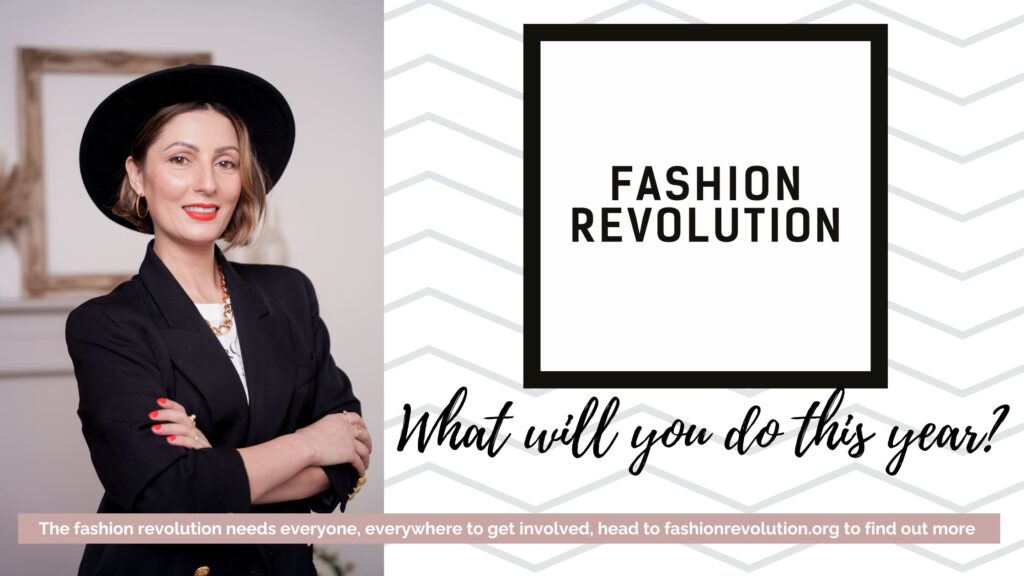
It’s been a journey. Since I started speaking about sustainable fashion in 2015, I have learnt a heck of a lot. I have gone from being quite ‘judgy’ and sharing too many shocking stats to being way more balanced in my thinking. You quickly realise shaming people isn’t any good for creating long-lasting positive change.
Imperfect activism to me means practising an open-minded approach. It’s not always easy when I don’t agree with someone else – but being able to listen to others is key. None of us are ‘perfect’ we all make mistakes and we need to be more forgiving. We all start our journey at different times and in different places.
Conclusion
It’s safe to say the 10 years of the Fashion Revolution have significantly influenced the fashion industry’s discourse on sustainability and ethics. It has had a profound effect on me as an individual. Fashion Revolution has changed my wardrobe and sense of style.
There’s still more work (a lot of work) to be done – so we cannot just stop. We have to keep moving forward, building on the momentum and progress of the years gone by.
The work of Fashion Revolution has influenced me and how I operate as a fashion stylist and lover of fashion. How has it affected you? let me know in the comments below. I would LOVE to hear about your journey.
If this is all new to you, please join the Fashion Revolution, ask questions, be curious, and do something… Together we can style a better future for us all.
